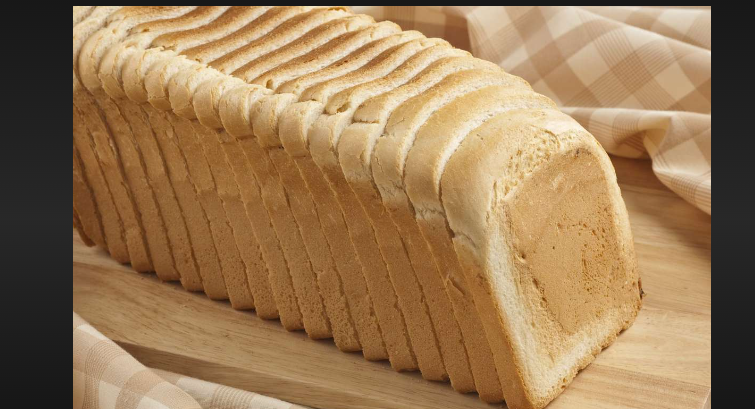Decoding Bread Weight: How Many Ounces is a Loaf of Bread?
Bread, a staple food that has been a dietary mainstay for centuries, comes in various sizes and types to suit different tastes and preferences. Understanding the weight of a loaf of bread is essential for planning meals, portioning, and selecting the right amount for your needs. In this article, we will explore the topic of bread weight, addressing the common question: How many ounces is a loaf of bread?

A loaf of bread
1. Introducing the Versatile Loaf of Bread
Before we delve into the specifics, let's introduce the loaf of bread.
This culinary creation, crafted from a blend of flour, water, yeast, and other ingredients, has taken on countless forms and flavors throughout history.
From rustic artisan loaves to soft sandwich slices, bread plays a central role in cuisines across the globe.
2. Bread Varieties and Sizes
The world of bread is incredibly diverse, with numerous varieties and sizes catering to different preferences.
Some common types of bread include baguettes, whole wheat loaves, rye bread, and sourdough.
The size and weight of a loaf of bread can vary significantly based on factors such as the type of bread and the recipe used.
3. Understanding Bread Weight: Small to Large
The weight of a loaf of bread varies based on its size, type, and ingredients. Here's an overview of the weight range for different types of bread:
-
Standard Sandwich Loaf: A standard white or wheat sandwich loaf typically weighs around 16 to 24 ounces (454 to 680 grams). These loaves are often used for making sandwiches or toast.
-
-
Baguettes: Baguettes, a type of French bread known for their elongated shape, can weigh approximately 8 to 12 ounces (227 to 340 grams). Their lighter weight makes them ideal for sharing or serving as an accompaniment to meals.
-
-
Artisan Loaves: Artisan bread, characterized by its rustic appearance and unique flavor profiles, can weigh anywhere from 1 to 2 pounds (454 to 907 grams). These loaves are often larger and heartier.
-
-
Whole Grain or Multigrain Loaves: Whole grain or multigrain loaves tend to be denser and heavier due to the inclusion of various grains and seeds. They can weigh around 24 to 32 ounces (680 to 907 grams) or more.
-
-
Specialty Breads: Specialty breads, such as those with added fruits, nuts, or spices, can vary widely in weight based on their ingredients and proportions.
4. Selecting the Right Bread Size
When selecting a loaf of bread, consider your specific needs and preferences.
If you're looking for bread to make sandwiches, a standard sandwich loaf might be suitable.
If you're planning to serve bread as a side dish, baguettes or smaller artisan loaves could be a great choice. Keep in mind that specialty breads and dense whole grain loaves might have different weights and nutritional profiles.
5. Weighing Your Bread
If you're curious about the weight of a specific loaf of bread, here's a simple method to determine its weight:
-
Use a kitchen scale: Place the loaf of bread on a kitchen scale and record its weight in ounces or grams.
-
-
Estimate weight based on size: If a scale isn't available, you can estimate the weight based on the loaf's size and type. Keep in mind that this method provides a rough estimate.

Costs sliced at sainsbury's
The weight of a loaf of bread varies based on factors such as its size, type, and ingredients. Standard sandwich loaves typically weigh around 16 to 24 ounces, while baguettes can weigh approximately 8 to 12 ounces. Artisan loaves, whole grain loaves, and specialty breads can fall within different weight ranges. When selecting bread for your meals, consider the type of bread that suits your culinary needs and portion requirements. As you savor the diverse world of bread, understanding its weight range can help you make informed choices and enjoy this timeless culinary delight.